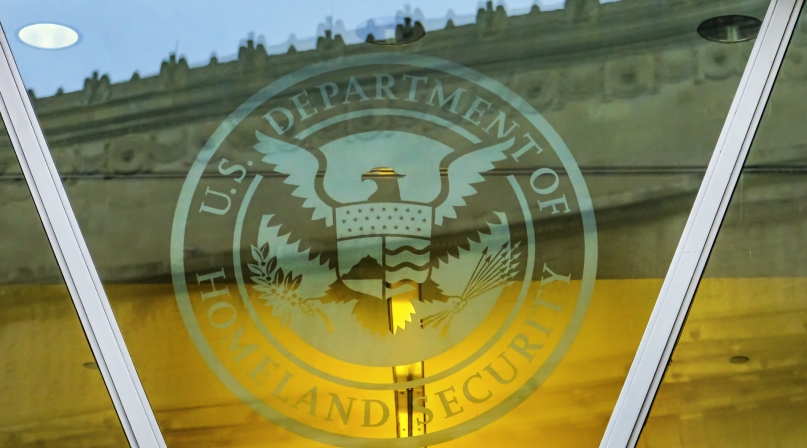DHS releases funding for the Shelter and Services Program
Author

Julia Cortina
Upcoming Events
Related News

Key Takeaways
On April 12, the U.S. Department of Homeland Security (DHS) announced the availability of $640 million in Shelter and Services Program (SSP) funding. Counties are the front-line providers of supportive services to our most vulnerable residents, and SSP funds are a critical resource to help offset the costs of providing food, shelter and other supportive services after receiving an influx of migrants. For Fiscal Year (FY) 2024, DHS will distribute $300 million in funds through an SSP-Allocation (SSP-A) program and $340 million through a new SSP-Competitive Program (SSP-C).
What is the SSP-A Program?
Under DHS, $275 million has been allocated to 55 grant recipients under the SSP-A program, including Maricopa and Pima County, Ariz., San Diego and Riverside County, Calif., the City and County of Denver, Colo., Hennepin County, Minn., and El Paso County, Texas. The Federal Emergency Management Agency (FEMA) will distribute the remaining $25 million to a list of eligible recipients that will become available later in the year. Counties have until Friday, April 26 at 3:00pm ET to apply for their SSP-A funds.
What is the SSP-C Program?
Any county or nonprofit (including those that are SSP-A applicants) are eligible to apply for the $340 million in funding available under the SSP-C program. Counties have until June 13, 2024 at 3:00pm ET to apply.
What can SSP funds be used for?
The primary purpose of the SSP program is to relieve and prevent the overcrowding of short-term U.S. Customs and Border Protection (CBP) facilities and to offset the costs of supportive services localities must provide after receiving an influx of migrants. Allowable uses of SSP funds include:
- Food, shelter and transportation (e.g., transportation from DHS facility to shelter, shelter to shelter, and onward to a final destination)
- Acute medical care (basic first aid care and supplies, health screenings, over-the-counter medication)
- Personal hygiene supplies and clothing
- Labor for primary services
- Translation services and outreach information
Additional changes to the SSP Program
Based on feedback from recipients in FY 2023, DHS has made several other key changes to the SSP program to allow grant recipients greater flexibility, including:
- Eliminated the 45-day allowable window for entities to provide services to migrants after being released from DHS
- Instituted a 5 percent margin of error for Alien Registration Number (A-Number) reporting
- Allow for the request for recipients to amend their budgets at any point during the Period of Performance
- Removed the 10 percent hotel/motel funding caps
- Decreased the recommended capacity for charter buses from 75 to 55 percent
FEMA and CBP are hosting closed SSP-A webinars for eligible recipients, and public SSP-C 101, Grants Management 101, and SSP Documentation webinars for eligible SSP-applicants in April, May and June, which can be viewed here. Counties support codifying the SSP program to ensure long-term funding.
County News
County leaders seek greater coordination on migrants after border visit
A trip to the southern border in El Paso County, Texas offered county officials a chance to see how the asylum system works, amid a sustained increase in people surrendering to immigration authorities.

Related News

County Countdown – Dec. 15, 2025
Every other week, NACo's County Countdown reviews top federal policy advocacy items with an eye towards counties and the intergovernmental partnership.
Stretching small opioid settlement allocations helps funding do more
States and localities are set to receive $56 billion in opioid settlement dollars over an 18-year period, but not every county that receives settlement funding will get enough to build out infrastructure.